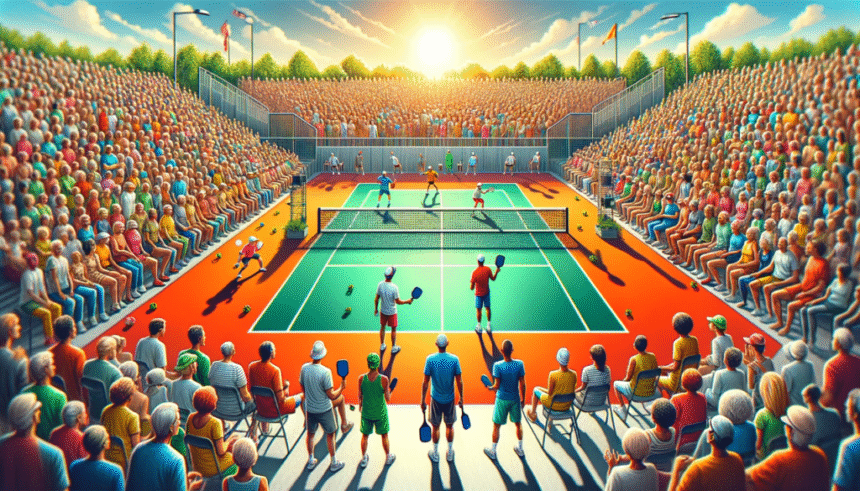Pickleball may have started as a backyard pastime, but today it’s reshaping how people view recreation, community, and even wellness culture. The game’s meteoric rise isn’t just about the sport itself—it reflects broader societal changes in how people want to connect, stay active, and find balance in their daily lives. Equipment has evolved alongside this shift, giving players more options for performance and personalization, particularly with professional pickleball paddles crafted for agility and durability.
The Social Phenomenon
Unlike many other sports, pickleball has attracted a remarkably diverse mix of players. Teens are picking it up for its fast-learning curve, retired athletes love it for its low physical strain, and busy professionals are embracing it as a midday fitness outlet. The game’s accessibility creates a rare overlap among different age groups and lifestyles. At its core, pickleball isn’t about exclusivity or elite status—it thrives because it’s approachable and social.
In an era when many recreational activities have shifted online, the game provides a reminder of the value of real-world connection. Gathering for a doubles match at the local courts fosters community bonds that can’t be replicated by digital engagement. Pickleball isn’t just an activity; it’s becoming a social anchor for many, drawing people out of isolation and into shared spaces.
The Athletic Evolution
While casual fun keeps new players coming in, seasoned athletes are elevating the level of competition. What was once dismissed as light recreation is now a fast, strategic sport requiring strong reflexes, balance, and tactical awareness. Coaches encourage strength drills, coordination training, and advanced techniques often reserved for other racket sports.
As competition intensifies, equipment design also advances. The difference between entry level and professional pickleball paddles is becoming more distinct, with performance focused builds that optimize control, spin, and shot precision. For players aiming to compete at higher levels, carefully chosen gear has become essential to training. This reflects a broader truth: as recreation transforms into a more dynamic pursuit, play tools evolve with it.
Cultural Convergence
What makes pickleball unique isn’t just its gameplay but how it bridges multiple cultural trends at once. It sits at the intersection of fitness, mental wellness, and community, embodying the modern desire to blur boundaries between exercise and leisure. Workplaces now host corporate pickleball challenges, retirement communities schedule tournaments, and neighborhood courts are becoming cultural hubs.
Public spaces are shifting in response. Some tennis courts are being redesigned to meet pickleball demand, recreation centers are expanding programs, and younger athletes are beginning to see the sport as a genuine competitive option. What began as a pastime has transformed into a lifestyle and a symbol of adaptability.
Looking Ahead
Professional leagues and training academies are surfacing as the sport grows, hinting at pickleball’s long-term trajectory. International tournaments are expanding, and many younger players aim for elite status, showing the sport is carving out a global footprint.
But beyond the competition, its lasting influence may be cultural rather than athletic. Pickleball encapsulates a modern rethinking of recreation: connection over isolation, accessibility over exclusivity, and adaptability over rigidity. Whether someone picks up a paddle for competition or community, the sport’s true achievement lies in how it blends athleticism with belonging.
Pickleball has transcended its hobbyist roots and become a lens through which we can see the values shaping today’s society. It isn’t just redefining recreation—it’s reshaping how we want to live, play, and connect.







